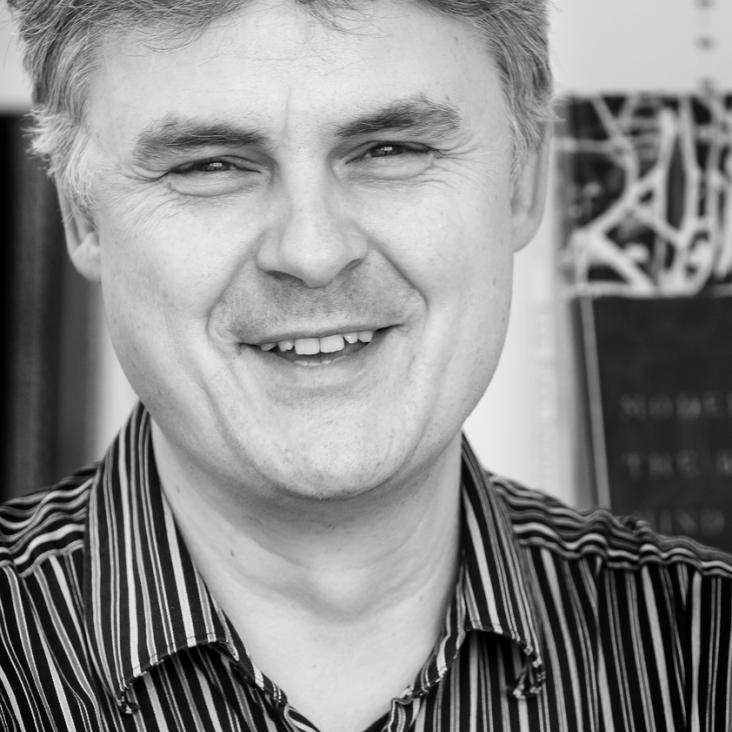The SNO+ experiment
Journal of Instrumentation IOP Publishing 16:8 (2021) P08059
Abstract:
The SNO+ experiment is located 2 km underground at SNOLAB in Sudbury, Canada. A low background search for neutrinoless double beta (0νββ) decay will be conducted using 780 tonnes of liquid scintillator loaded with 3.9 tonnes of natural tellurium, corresponding to 1.3 tonnes of 130Te. This paper provides a general overview of the SNO+ experiment, including detector design, construction of process plants, commissioning efforts, electronics upgrades, data acquisition systems, and calibration techniques. The SNO+ collaboration is reusing the acrylic vessel, PMT array, and electronics of the SNO detector, having made a number of experimental upgrades and essential adaptations for use with the liquid scintillator. With low backgrounds and a low energy threshold, the SNO+ collaboration will also pursue a rich physics program beyond the search for 0νββ decay, including studies of geo- and reactor antineutrinos, supernova and solar neutrinos, and exotic physics such as the search for invisible nucleon decay. The SNO+ approach to the search for 0νββ decay is scalable: a future phase with high 130Te-loading is envisioned to probe an effective Majorana mass in the inverted mass ordering region.Measurement of neutron-proton capture in the SNO+ water phase
PhysRevC (2020)
Abstract:
The SNO+ experiment collected data as a low-threshold water Cherenkov detector from September 2017 to July 2019. Measurements of the 2.2-MeV $\gamma$ produced by neutron capture on hydrogen have been made using an Am-Be calibration source, for which a large fraction of emitted neutrons are produced simultaneously with a 4.4-MeV $\gamma$. Analysis of the delayed coincidence between the 4.4-MeV $\gamma$ and the 2.2-MeV capture $\gamma$ revealed a neutron detection efficiency that is centered around 50% and varies at the level of 1% across the inner region of the detector, which to our knowledge is the highest efficiency achieved among pure water Cherenkov detectors. In addition, the neutron capture time constant was measured and converted to a thermal neutron-proton capture cross section of $336.3^{+1.2}_{-1.5}$ mb.Measurement of neutron-proton capture in the SNO+ water phase
Physical Review C: Nuclear Physics American Physical Society (2020)
Abstract:
The SNO+ experiment collected data as a low-threshold water Cherenkov detector from September 2017 to July 2019. Measurements of the 2.2-MeV $\gamma$ produced by neutron capture on hydrogen have been made using an Am-Be calibration source, for which a large fraction of emitted neutrons are produced simultaneously with a 4.4-MeV $\gamma$. Analysis of the delayed coincidence between the 4.4-MeV $\gamma$ and the 2.2-MeV capture $\gamma$ revealed a neutron detection efficiency that is centered around 50% and varies at the level of 1% across the inner region of the detector, which to our knowledge is the highest efficiency achieved among pure water Cherenkov detectors. In addition, the neutron capture time constant was measured and converted to a thermal neutron-proton capture cross section of $336.3^{+1.2}_{-1.5}$ mb.Measurement of neutron-proton capture in the SNO+ water phase
(2020)
The “stabilization of the final focus of the ILC” project
Proceedings of NANOBEAM 2005, 36th ICFA Advanced Beam Dynamics Workshop (2020) 66-71


